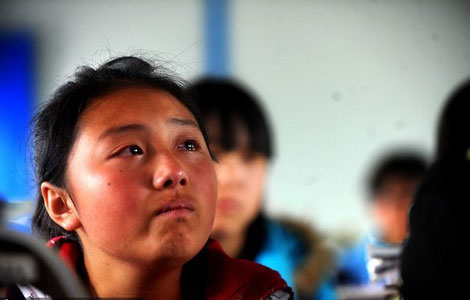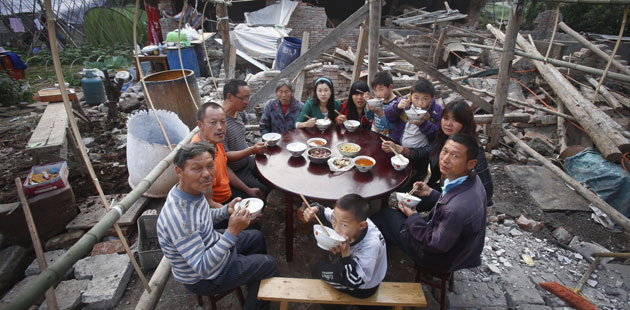Flower business blossoms amid social, cultural change
Updated: 2013-05-13 13:07
(Xinhua)
|
|||||||||||
Yet despite the ballooning domestic market over the years, "the government is so far still the biggest client," said Doeke Faber, former president of the International Association of Horticultural Producers (AIPH), during an interview with Xinhua.
Faber observed that the country's quick urbanization and ambition to build "green cities" have contributed to the huge consumption, as cities buy large quantities of flowers to adorn the increasing number of parks and greens.
The shift, however, may come in the next decade, as individual consumers will eventually take the bulk of consumption thanks to rapidly increasing incomes, Faber said.
"China's horticultural industry is only at the beginning of a very fast growth period," Faber added.
Li Qinghai, a horticulturist from Taiwan, said increasing wealth suggests a bright future for the sales of butterfly orchids, an indigenous Taiwanese breed that Li is avidly promoting to the mainland market.
The orchid mainly appears in deluxe restaurants and star-rated hotels on the mainland, but Li is optimistic that the flower will eventually be bought by ordinary families.
"People are getting richer. There were university students who recognized the 'blue enchantress' on display. We are excited that luxury flowers are getting known among the youngsters," said Li, who is attending a landscape art expo in Liaoning Province.
The industrial heartland in the northeast now boasts a booming flower industry -- its Lingyuan City produces 400 million cut flowers and 300 million bulbs annually, supplying the bustling market of the northeast.
But rising living standards may not be the only force behind the surging demand.
Related Stories
Flower power backs Zhangzhou growth 2013-02-23 10:05
Flower sales wither after official restriction 2012-12-27 00:32
Yingying Flower Culture Company booms in Shenzhen 2012-10-04 15:25
Feast eyes on flowers at Qingzhou trade fair 2012-09-28 11:16
Flower fair brings fragrant business to Beijing 2012-04-12 16:57
Flower exhibition makes 20m yuan per day
2011-12-22 17:33
Today's Top News
Visits to Japanese shrines 'to continue'
Oversight of foreign experts to improve
Disclosure delays help fuel online rumors
Taiwan dispatches fleet to protect fishing boats
Deputy head of top economic planner probed
China, ASEAN to strengthen mining cooperation
Taiwan demands Filipino response
Moving overseas a remedy for nurses
Hot Topics
Lunar probe , China growth forecasts, Emission rules get tougher, China seen through 'colored lens', International board,
Editor's Picks
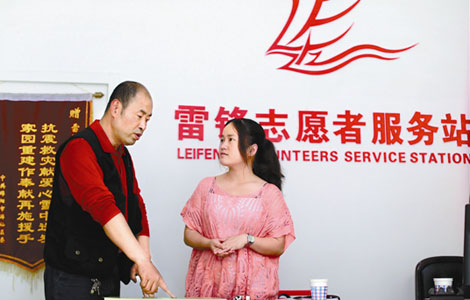
|

|

|
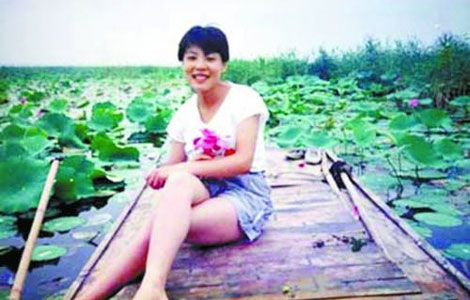
|

|
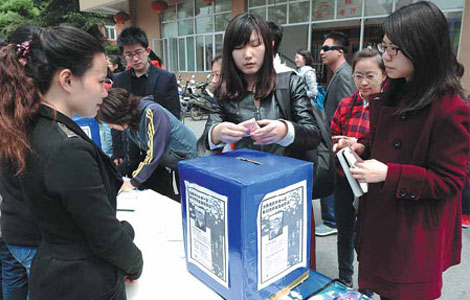
|




